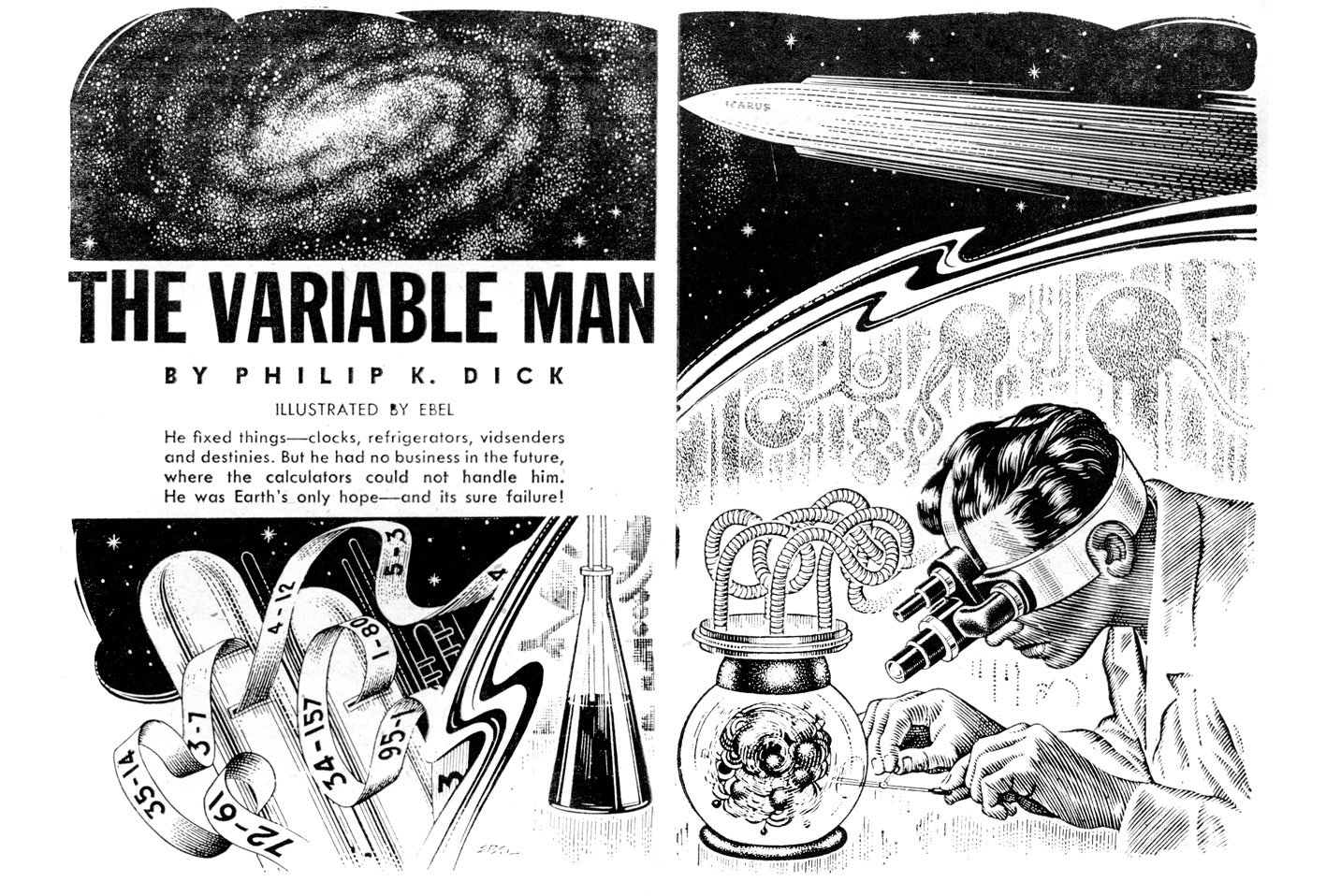@AnthonyMasure
Digital Humanities through the lens of Type Design
Automatic Type Design 2, ANRT Nancy, November 18th 2016
What are the
“digital humanities”?
Humanism
↓
Philology
Renaissance — Latin & greek texts studies
↓
Disciplins
XIXth century — Separation between litterature and physics
Birth of archæology, art, history, linguistics, etc.
Early XXth century — Printed books paradigm
History departements : Middle Ages, Renaissance, Modern Europe, etc.
Concepts of authoriality, authenticity, narration, etc.
“Humanities are those disciplines that are concerned with human activity […], and take as their task both to preserve and transmit that culture on the one hand, and to understand and interpret it on the other.”
— Neel Smith, “The humanities-that-must-not-be-named”, 2012
1949 — Roberto Busa + IBM, Index Thomisticus
Digitized corpus of Saint Thomas d’Aquin (1225-1274),
the invention of the Machine-Generated Concordance


Index Thomisticus, Punch cards system
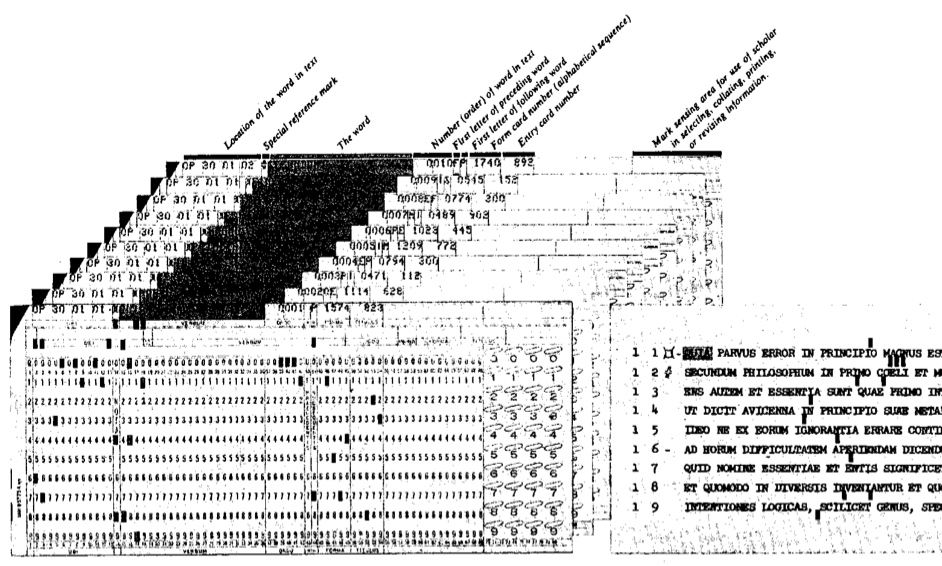

Index Thomisticus, Back of phrase card with phrases
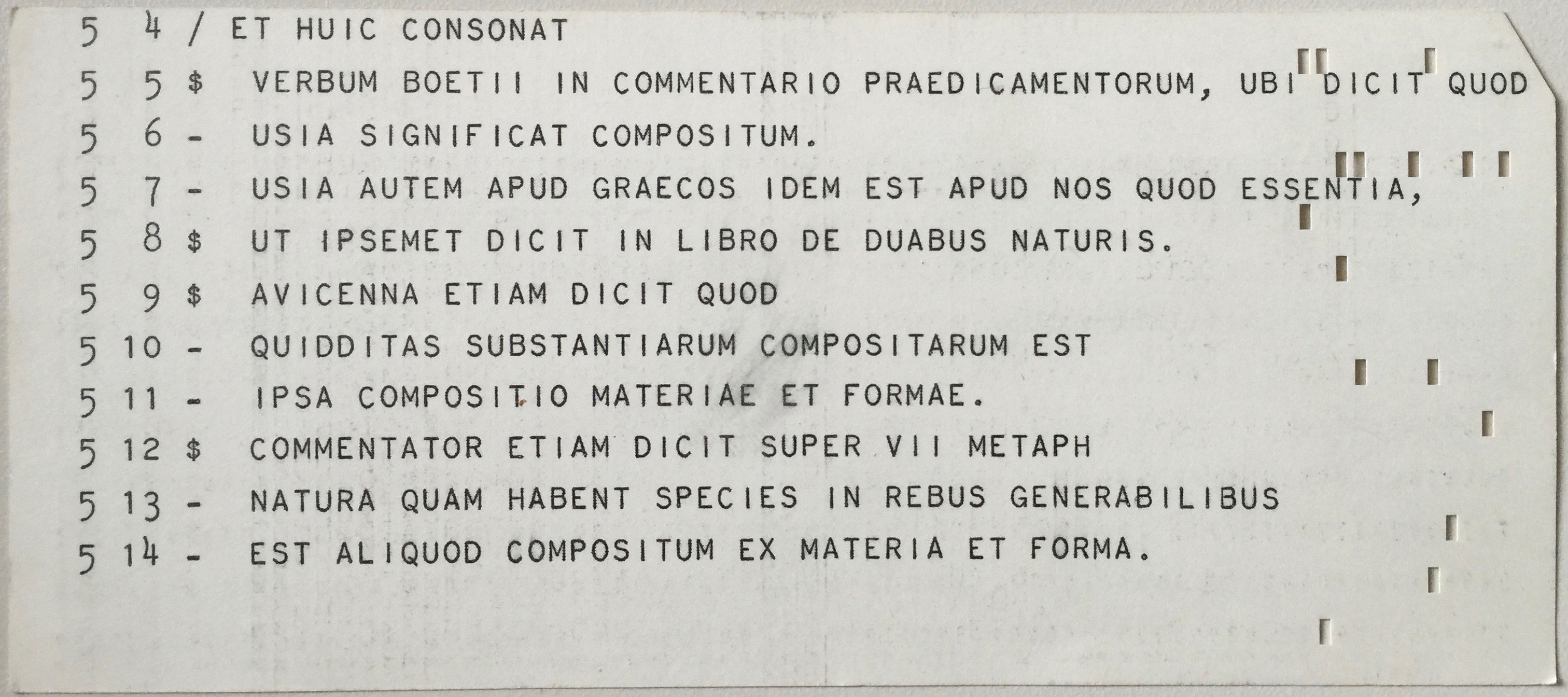

Index Thomisticus, Word card for “CLAUSIT”
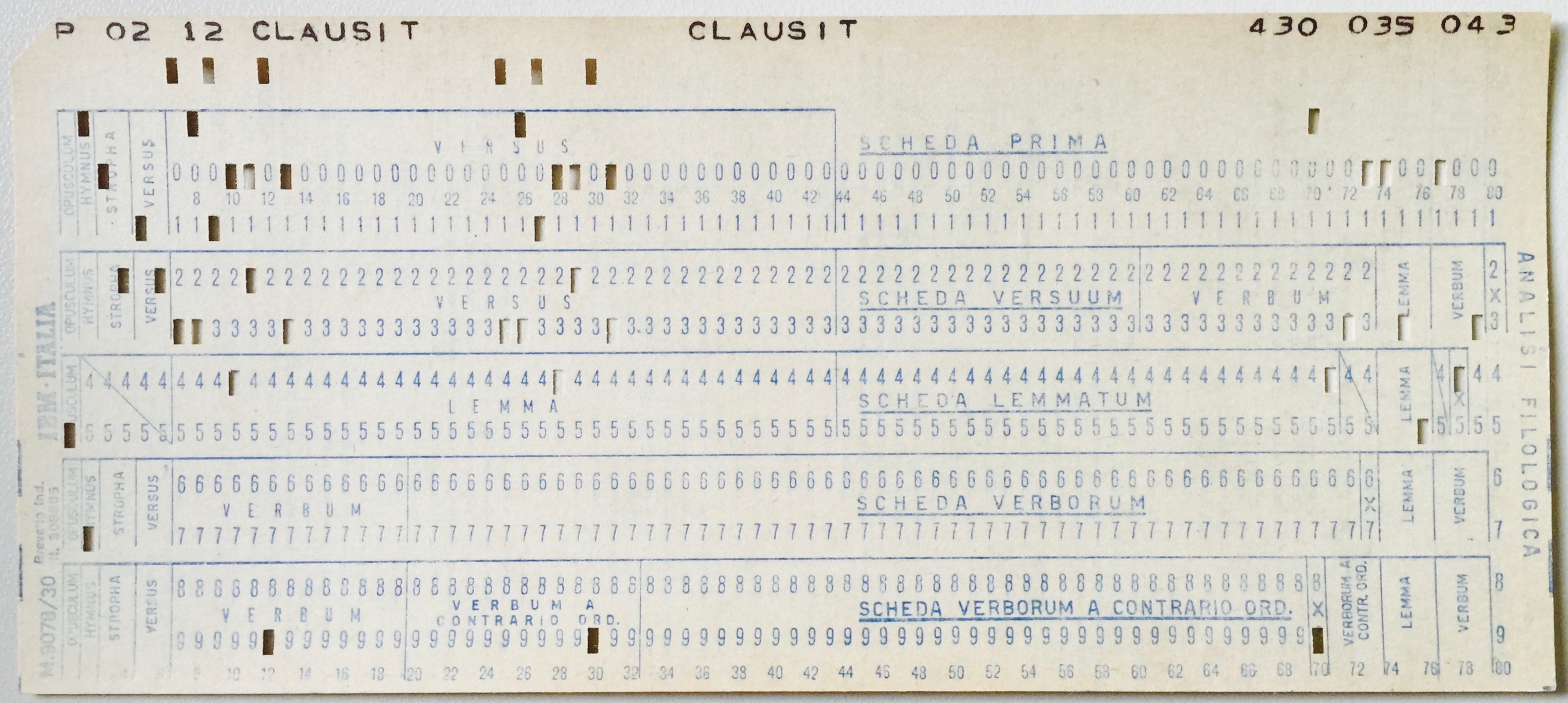

1987 — TEI (Text Encoding Initiative)
Codesign of a standardized and “soft” text format
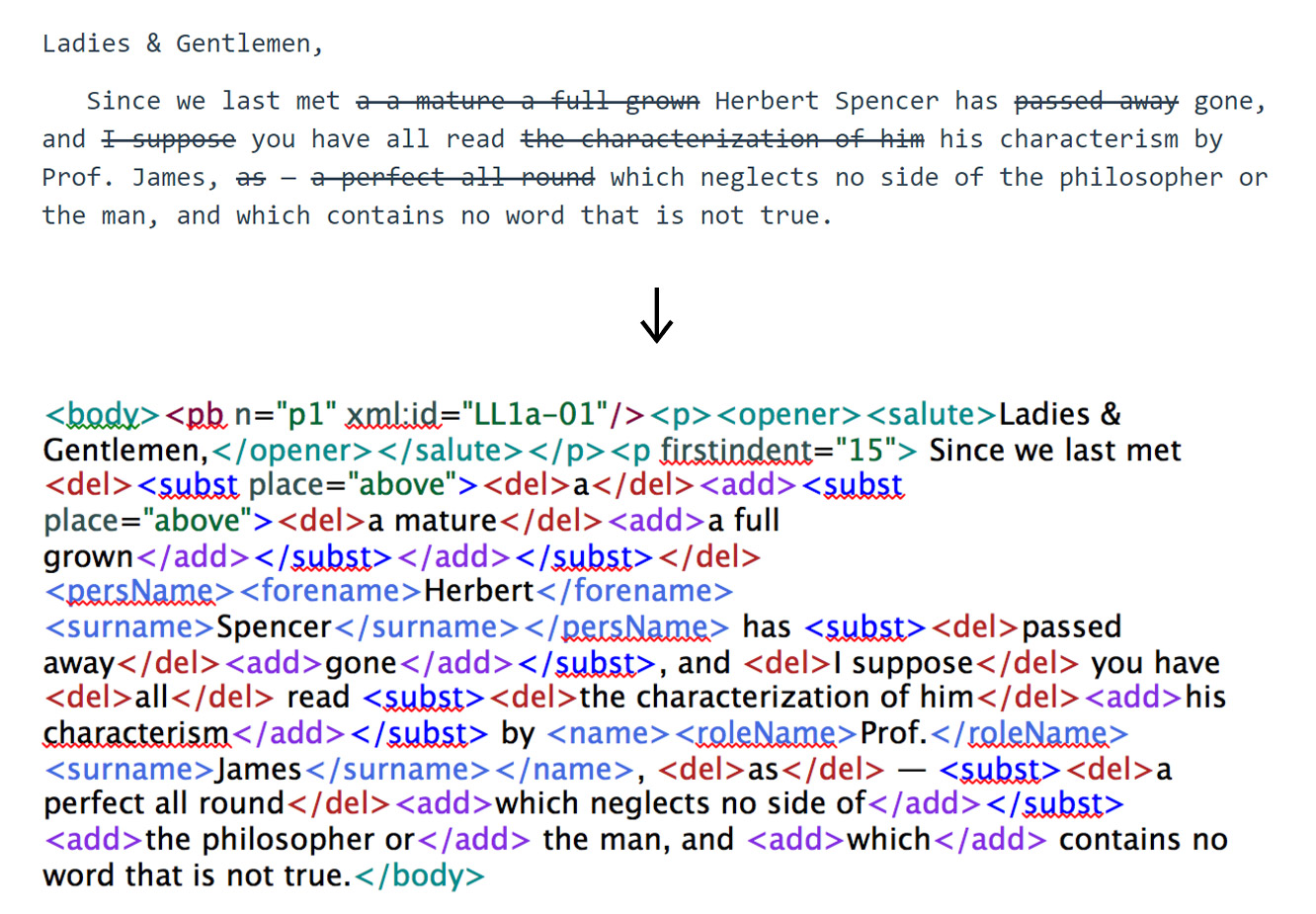

1980s — The rise of personnal computing and media softwares
Graphic user interfaces (GUI), “media compositing”, etc.
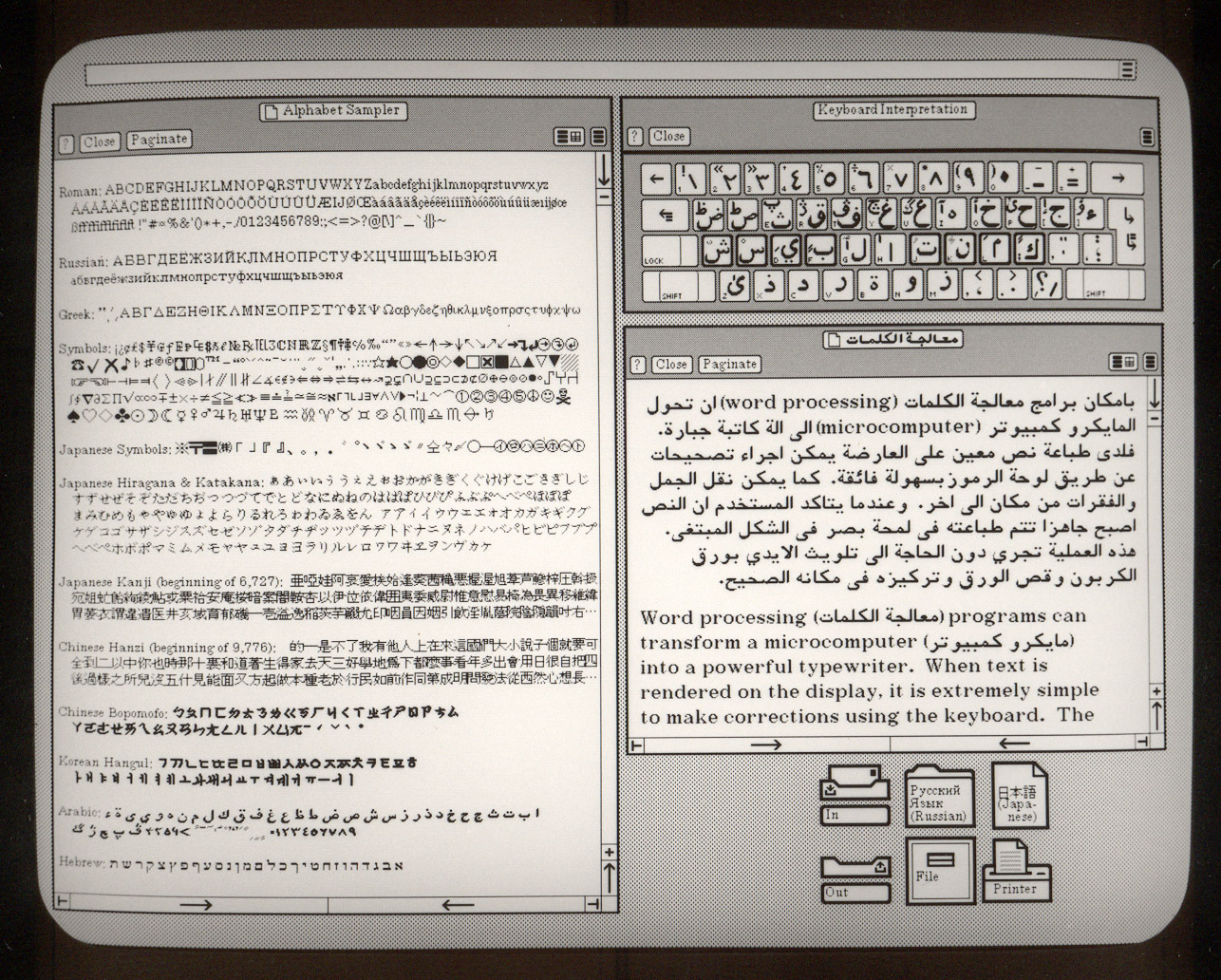
Xerox STAR 8010, 1981
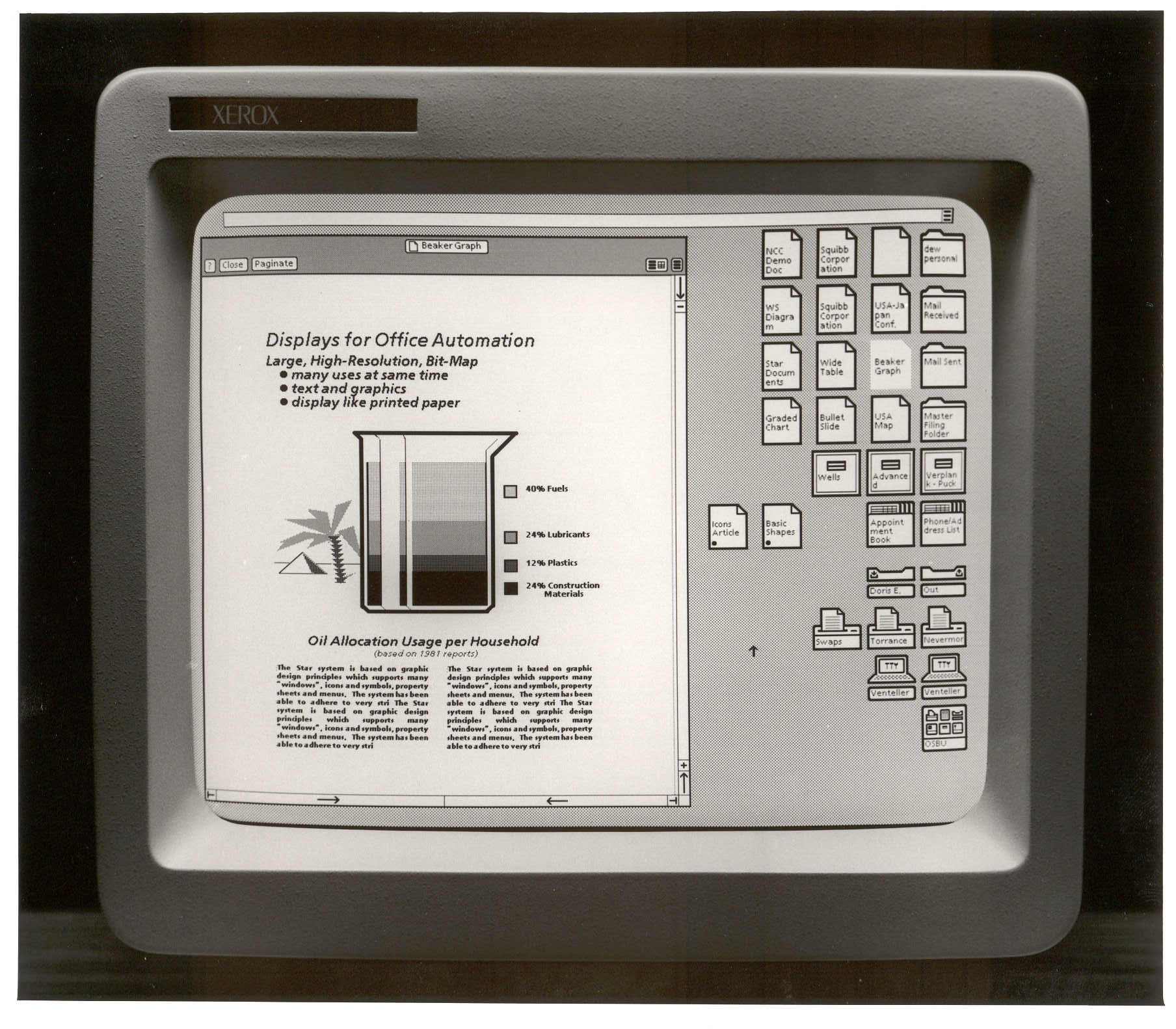
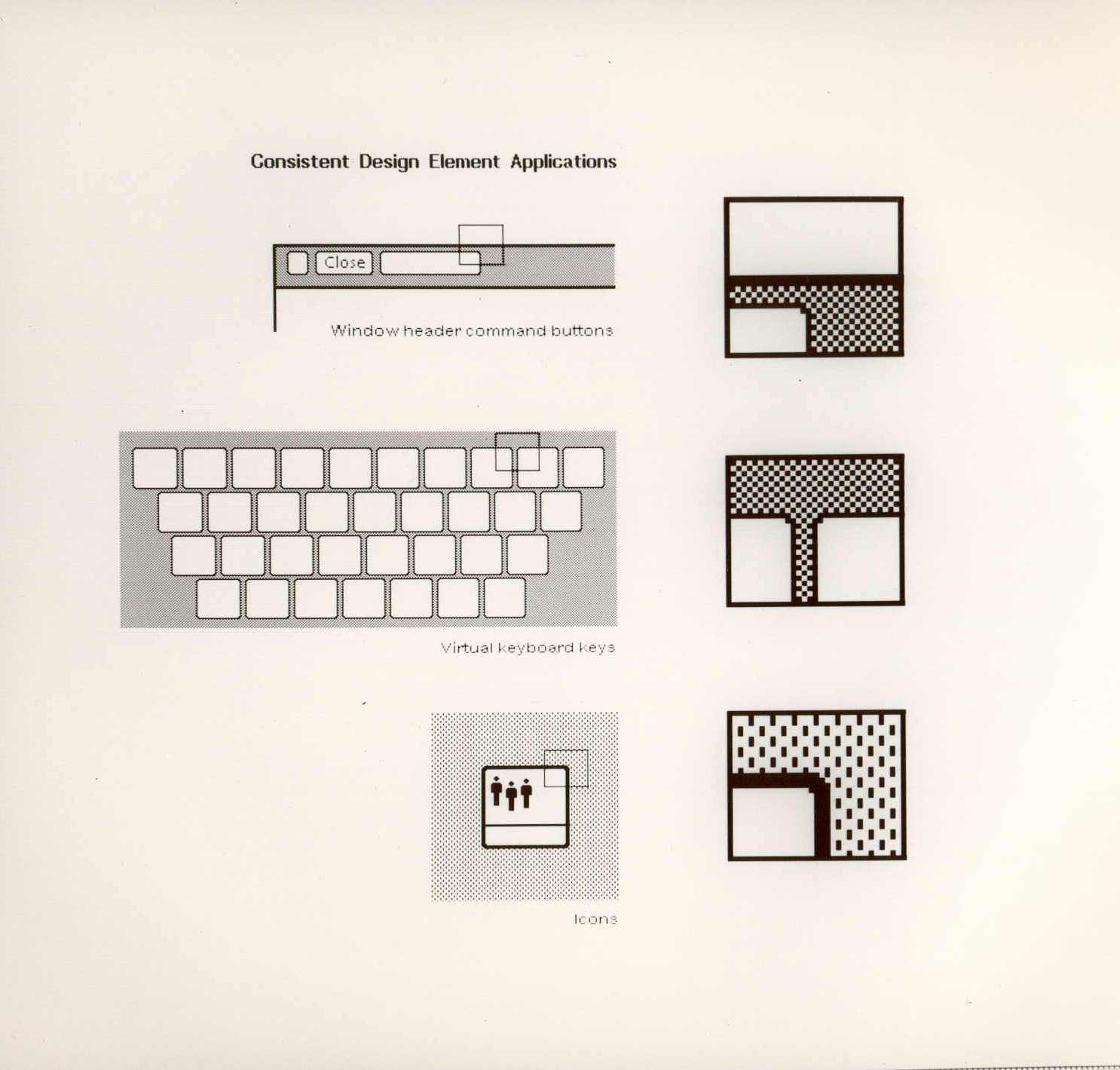
“Many new media objects do not tell stories; they don’t have beginning or end […]. Instead, they are collections of individual items, where every item has the same significance as any other.”
— Lev Manovich, The Language of New Media, 2001
1990s & 2000s — The Web & the “Web 2.0”
Networked researchs, user generated contents (UGC), etc.


Tim O’Reilly, “The Web As Platform. Web 2.0 Meme Map”, 2005
2001 — Wikipedia


Wikipedia, Talk Page example
2004 — FlickR
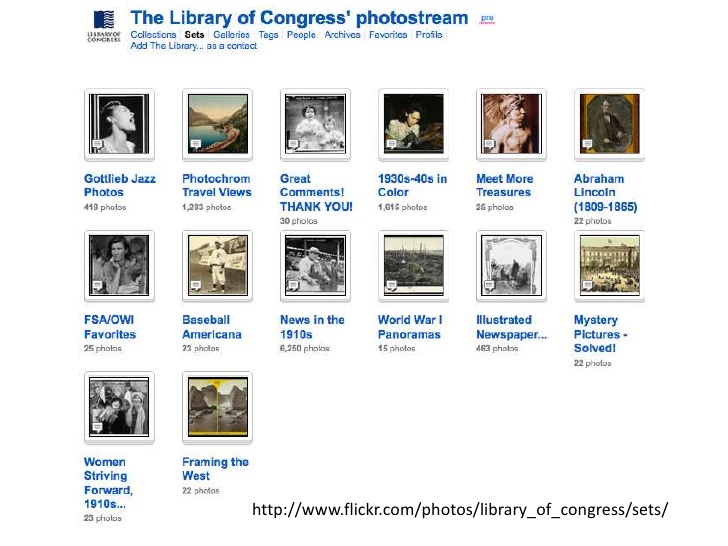

FlickR Communs, The Library of Congress, 2008


FlickR Communs metadata
We can define “digital humanities” as the association of scholarly practices in social sciences and digital materials (computers, programs, etc.)
French context
- 2010 — THATcamp Paris, “DH Manifesto”
- 2012 — Read/Write Book 2
- 2013 — THATcamp Saint-Malo, design workshops
- 2014 — Humanistica association
- 2015 — “Art+Design”, Humanistica research group
Design and Digital humanities
A tension between design as a “problem solver” and critical experimentations
3 layers for Design and Digital Humanities
Layer 1
Design as a tool to analyse existing corpus
Gallica.fr — BNF
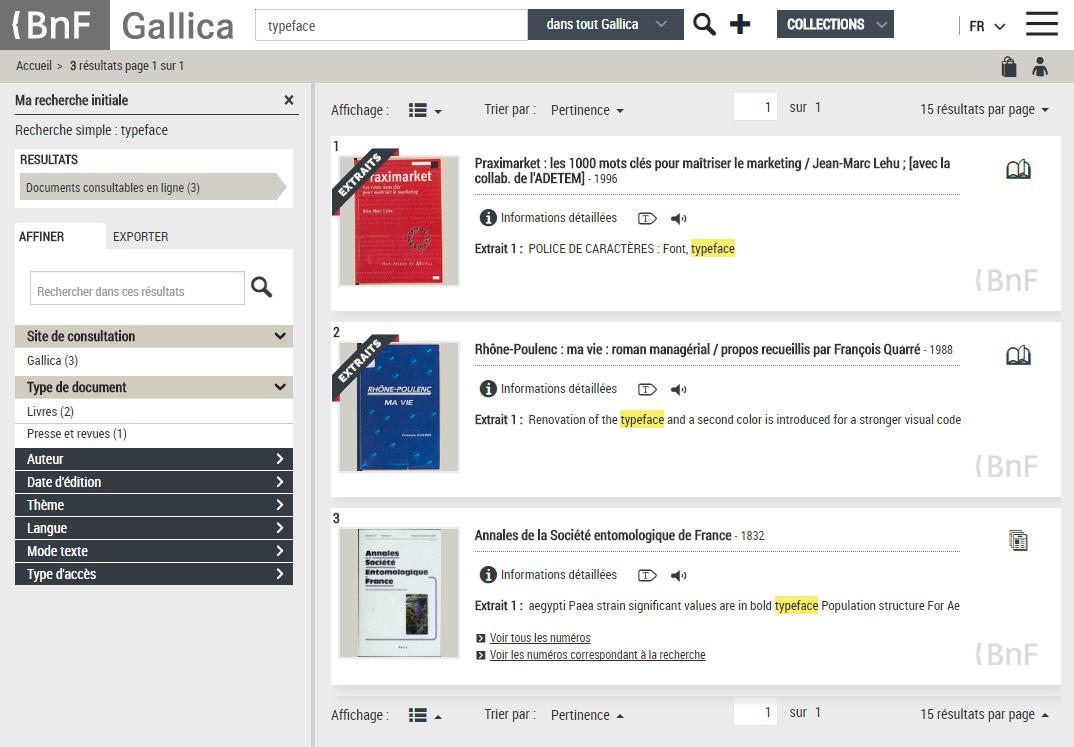

Digital.Bodleian.ox.ac.uk — Oxford
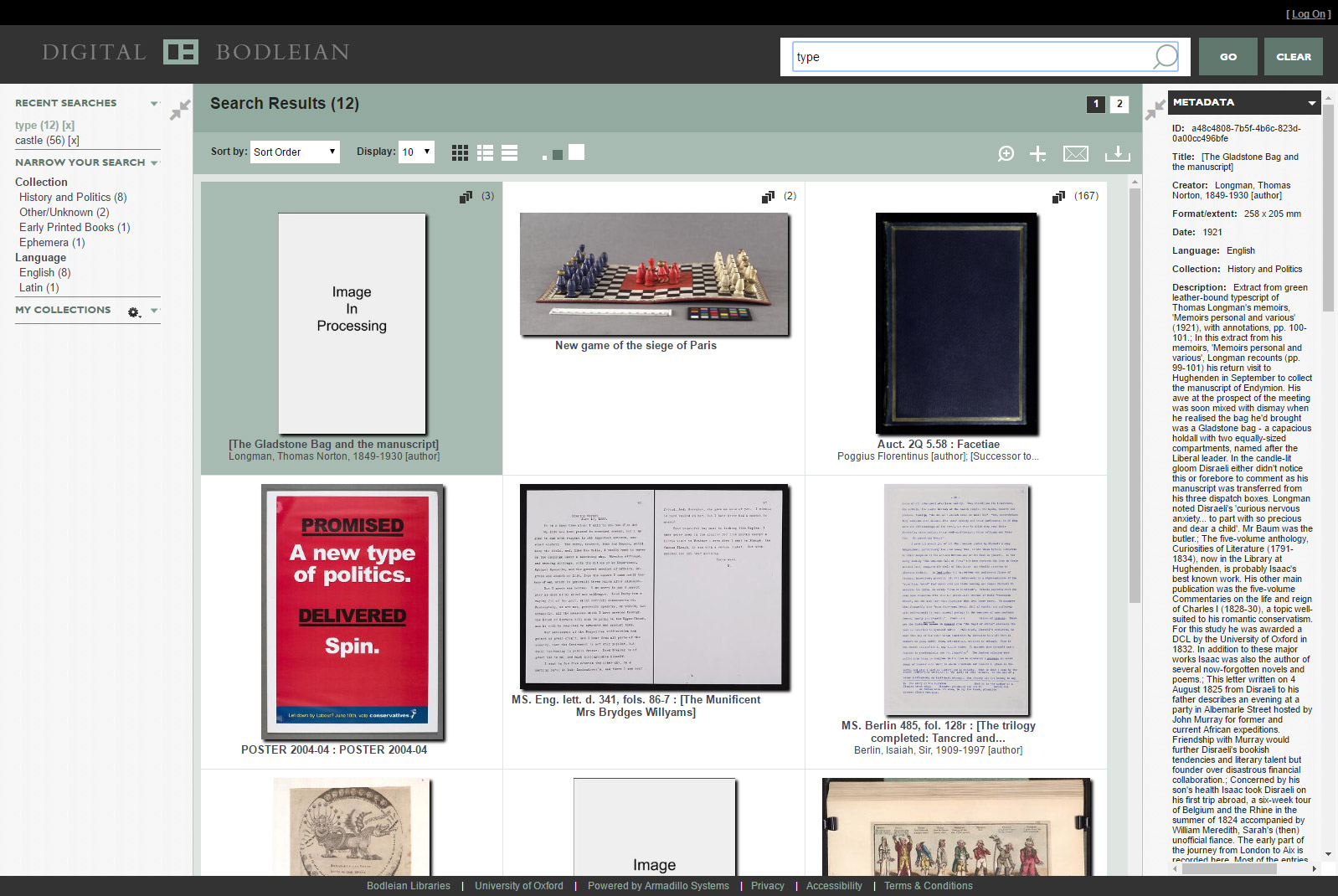

Loc.gov — Library of Congress
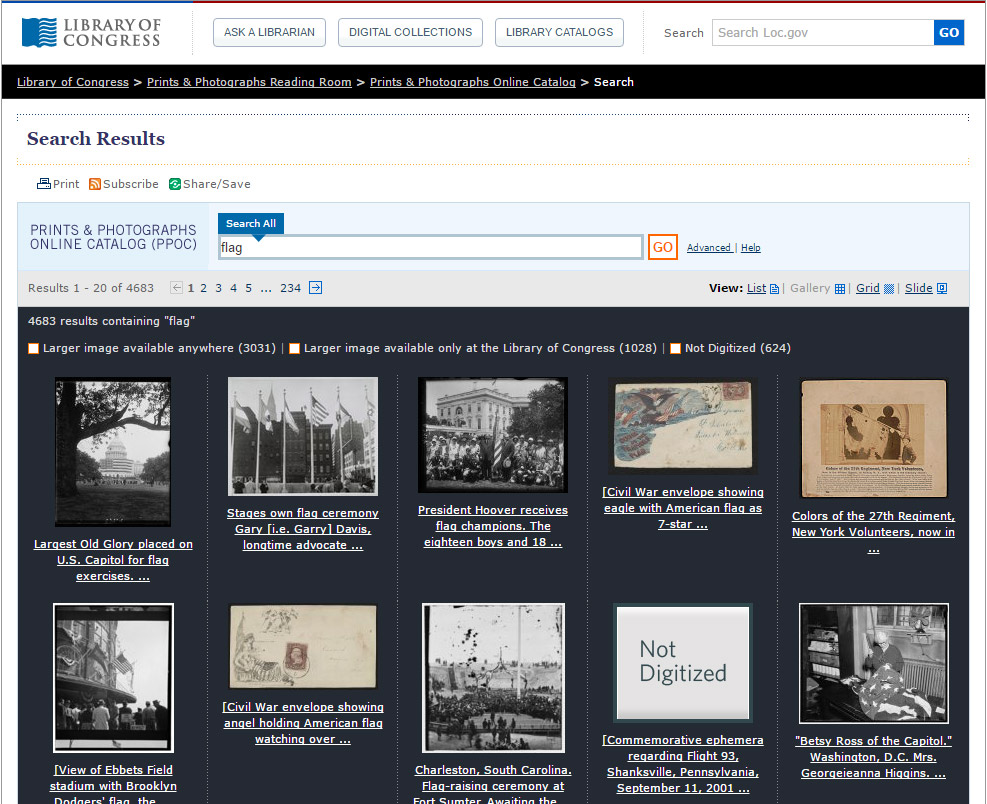

RechercheIsidore.fr
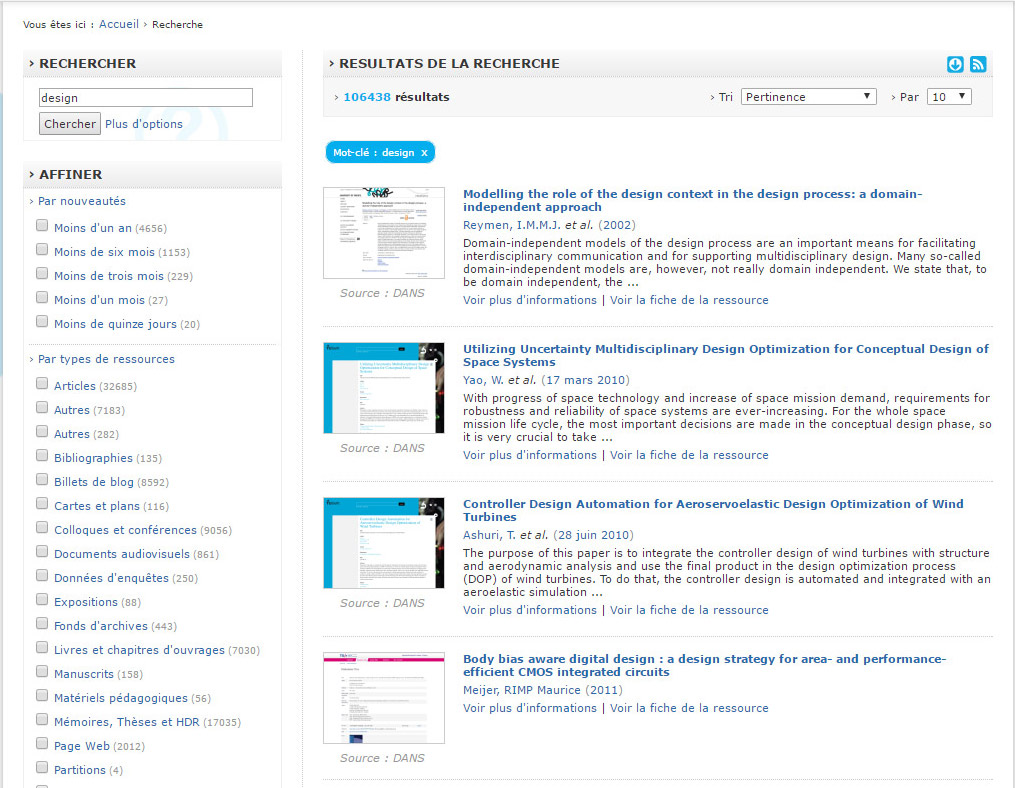

PeriscopeData.com, “Type SQL, Get Charts”


Omeka CMS
A web-publishing platform for scholarly collections


Problems
- Same “default” interfaces!
- Where is the design?
Layer 2
Design to elaborate new corpus
Project1917.ru, Yandex, 2016


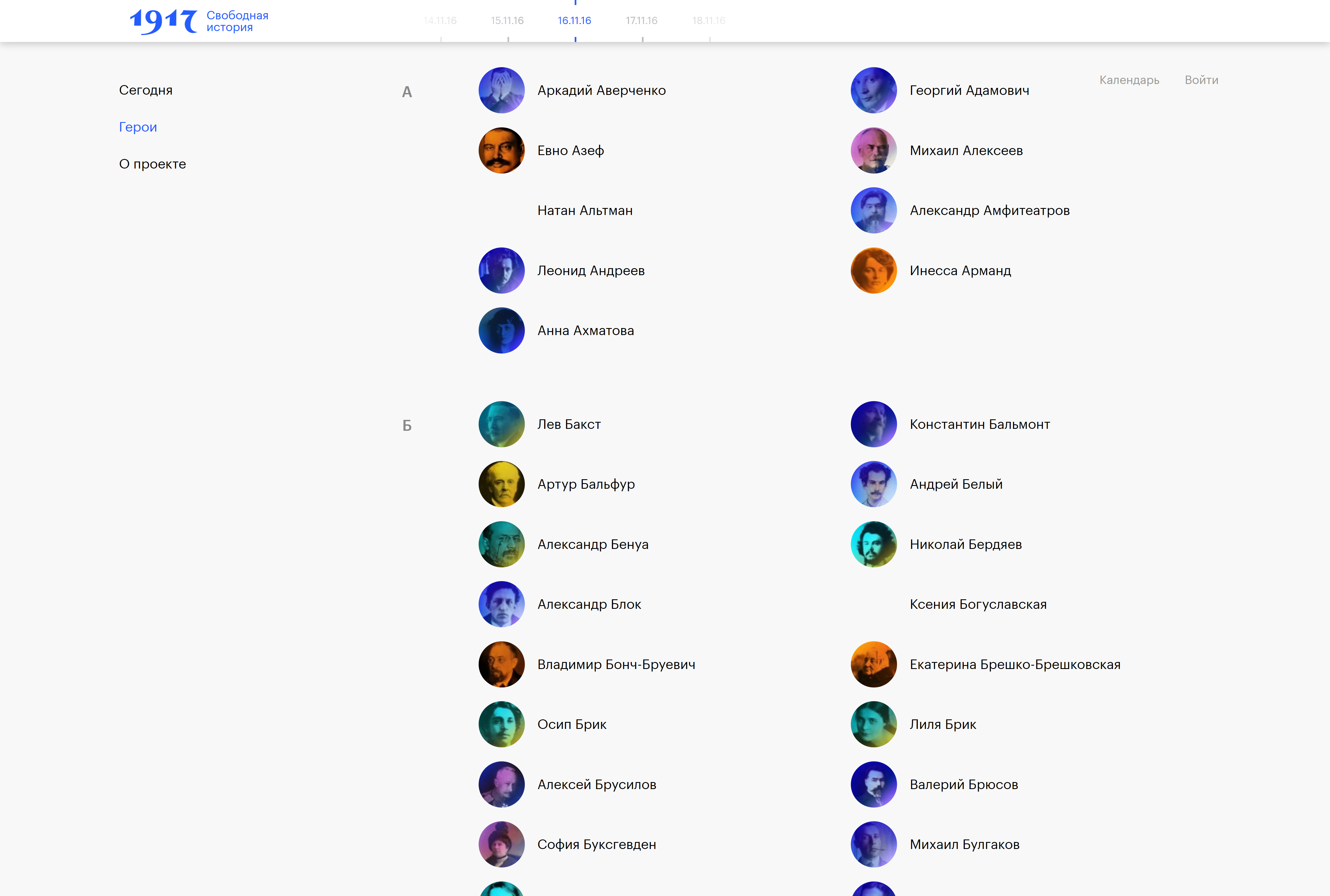
Google Art Project
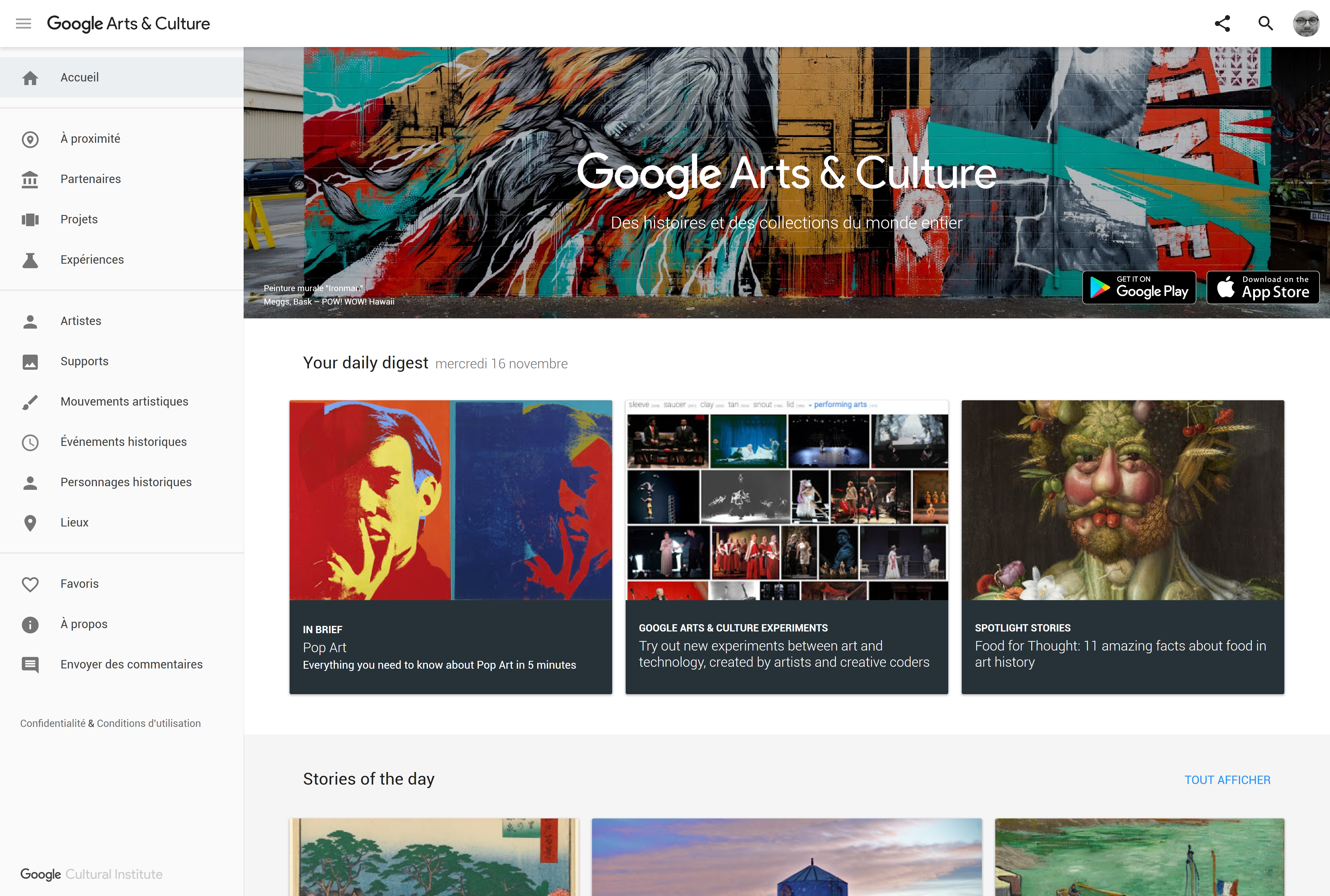

France’s digital pollution, David Bihanic, dataviz 2015
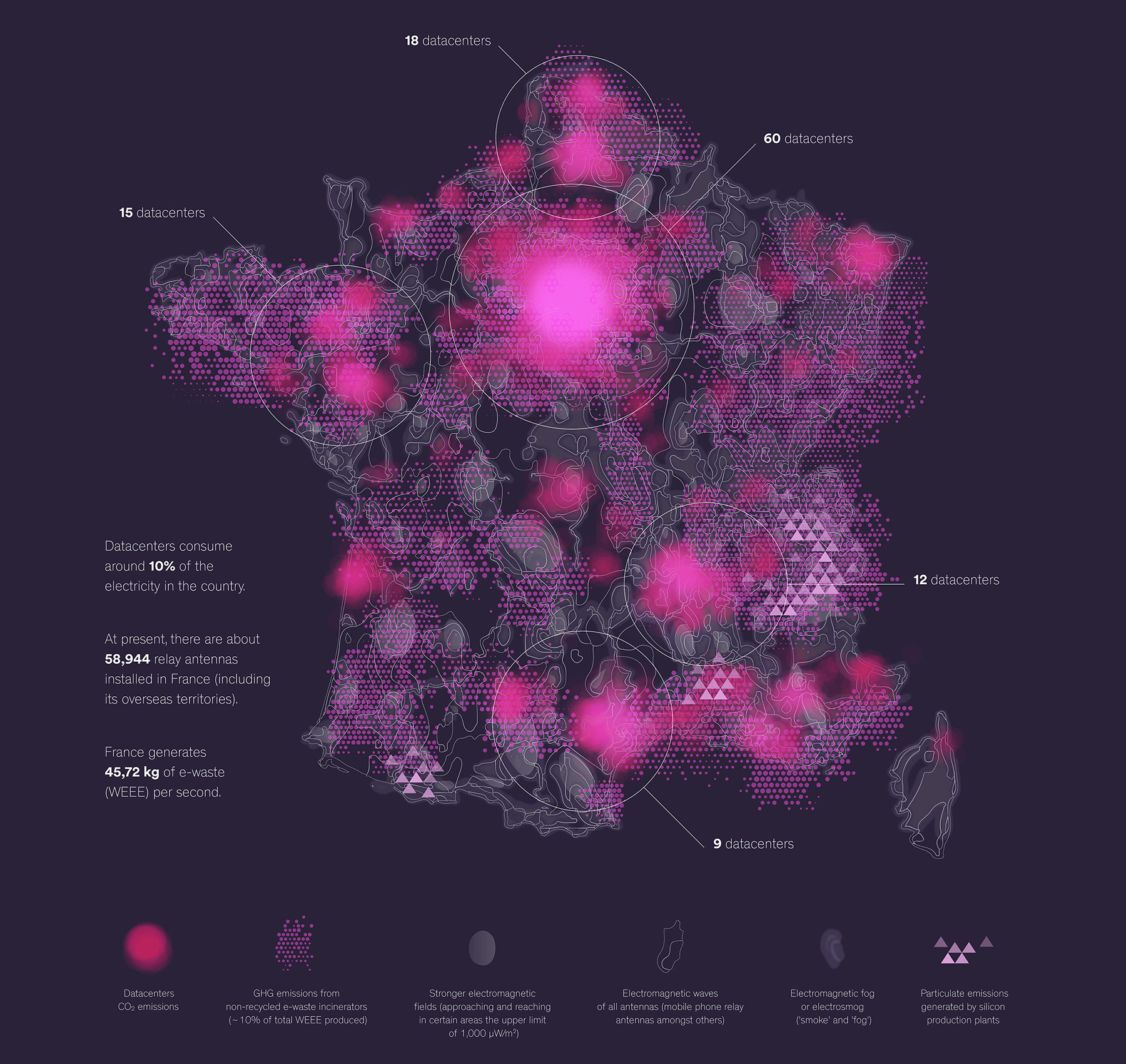

Jeffrey Schnapp, “Knowledge Design”
Founder of the metaLAB, Harvard
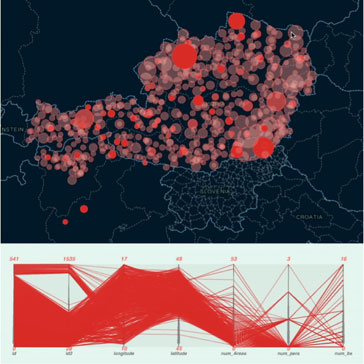

Collecta.fr, design Anthony Masure and Sophie Fétro
An online archive about François-Roger de Gaignières (1642-1715)
Problems
- Research design as a startup methodology?
- Form follows discourse?
Layer 3
Design as a deconstruction process of digital systems
Toward a “speculative computing”?
“We defined speculative computing to push subjective and probabilistic concepts of knowledge as experience (partial, situated, and subjective) against objective and mechanistic claims for knowledge as information (total, managed, and externalized).”
— Johanna Drucker,
“From Digital Humanities to Speculative Computing”
“Disambiguate knowledge representation so that it operates within the codes of computational processing.”
— Johanna Drucker
Problems
- What kind of knowledge?
- Where are the projects? (“SpecLab”)
Type Design and
Digital Humanities
Sarah Kremer, Walther typeface, ANRT Nancy, 2013
Französisches Etymologisches Wörterbuch, 1920s
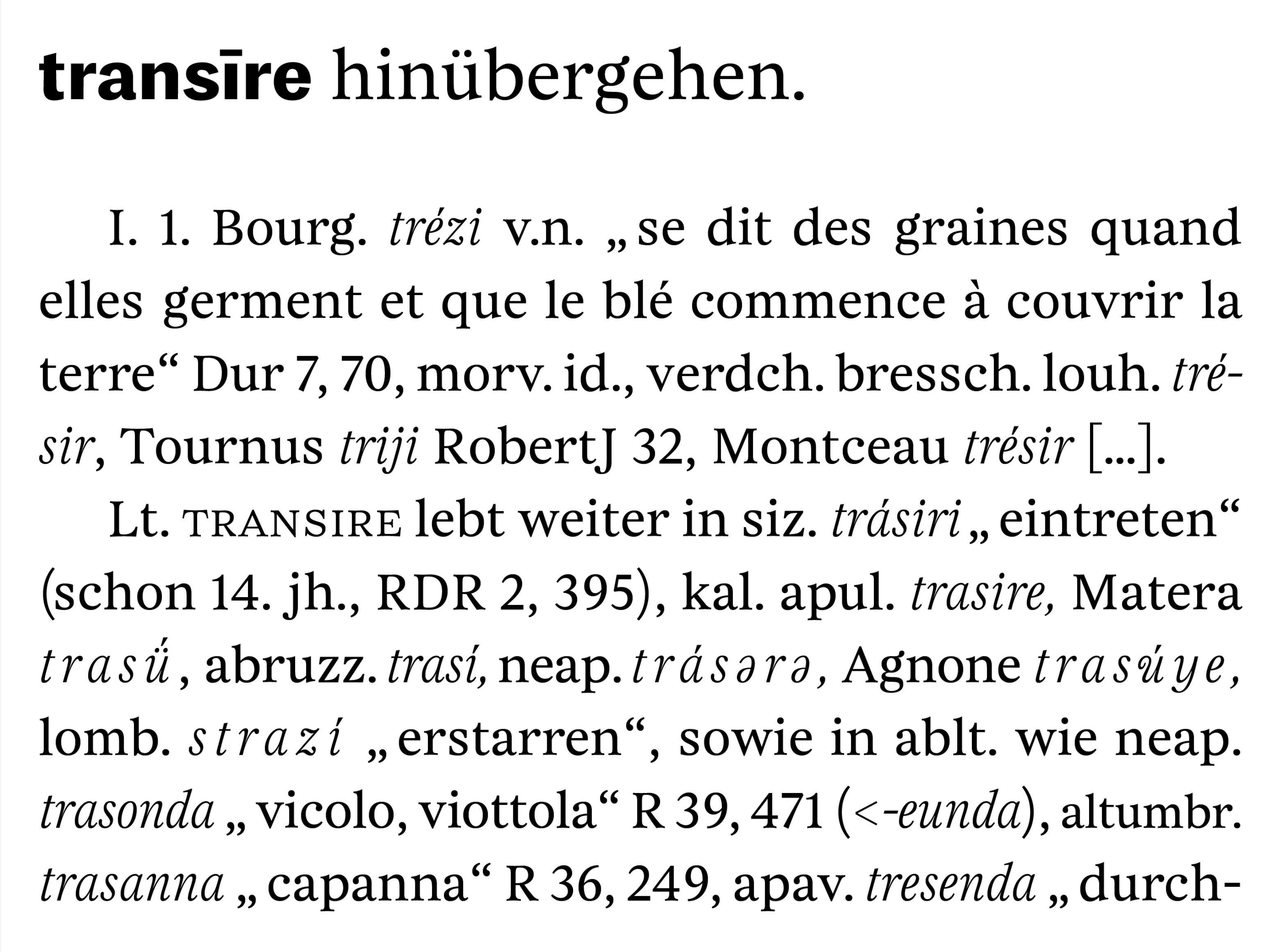

Automatic (Type) Design?
“The real perfecting of machines, which we can say raises the level of technicality, has nothing to do with an increase in automatism but, on the contrary, relates to the fact that the functioning of the machine conceals a certain margin of indetermination. It is such a margin that allows for the machine’s sensitivity to outside information.”
— Gilbert Simondon, On the Mode of Existence of Technical Objects, 1958
Automation / Variation
Zeitung, variable font, Underware.nl
Re-Typographe, David Vallance and Thomas Bouville
Generation settings & Human choices
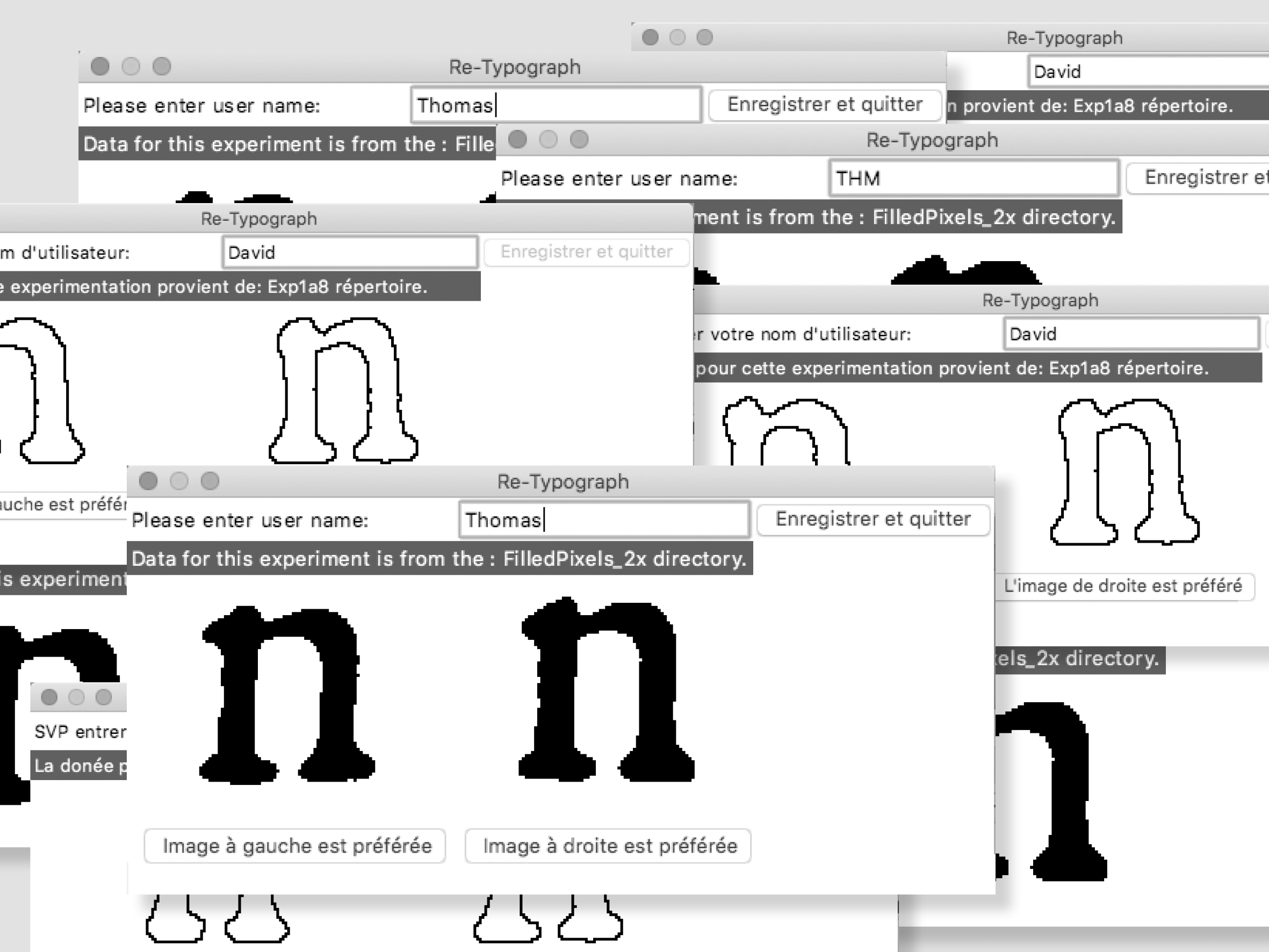

Re-Typographe, David Vallance and Thomas Bouville
Different shapes for the different transcription styles?
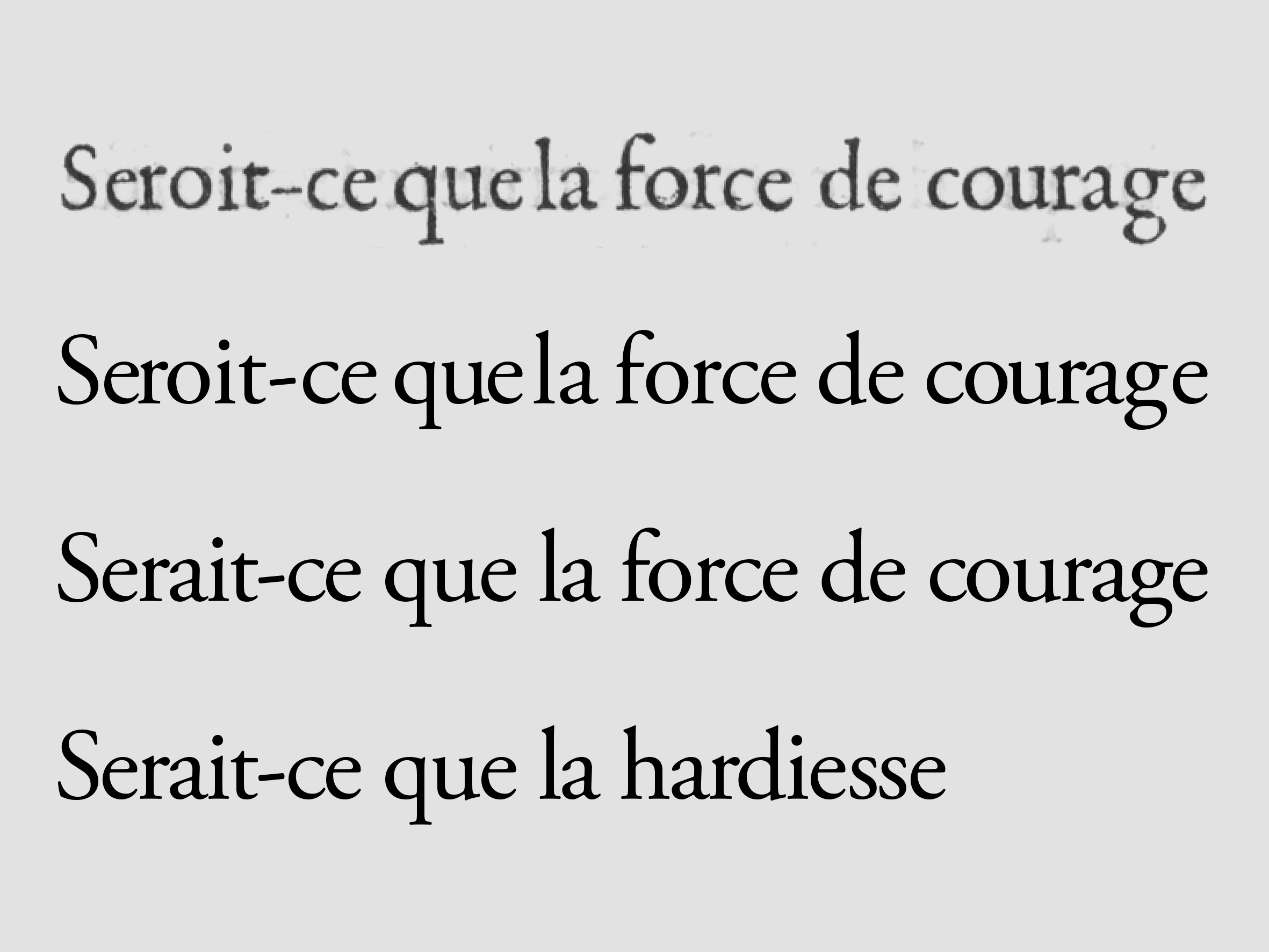

Miklós Ferencz, ANRT Nancy, 2015
Printed grain and digital textures
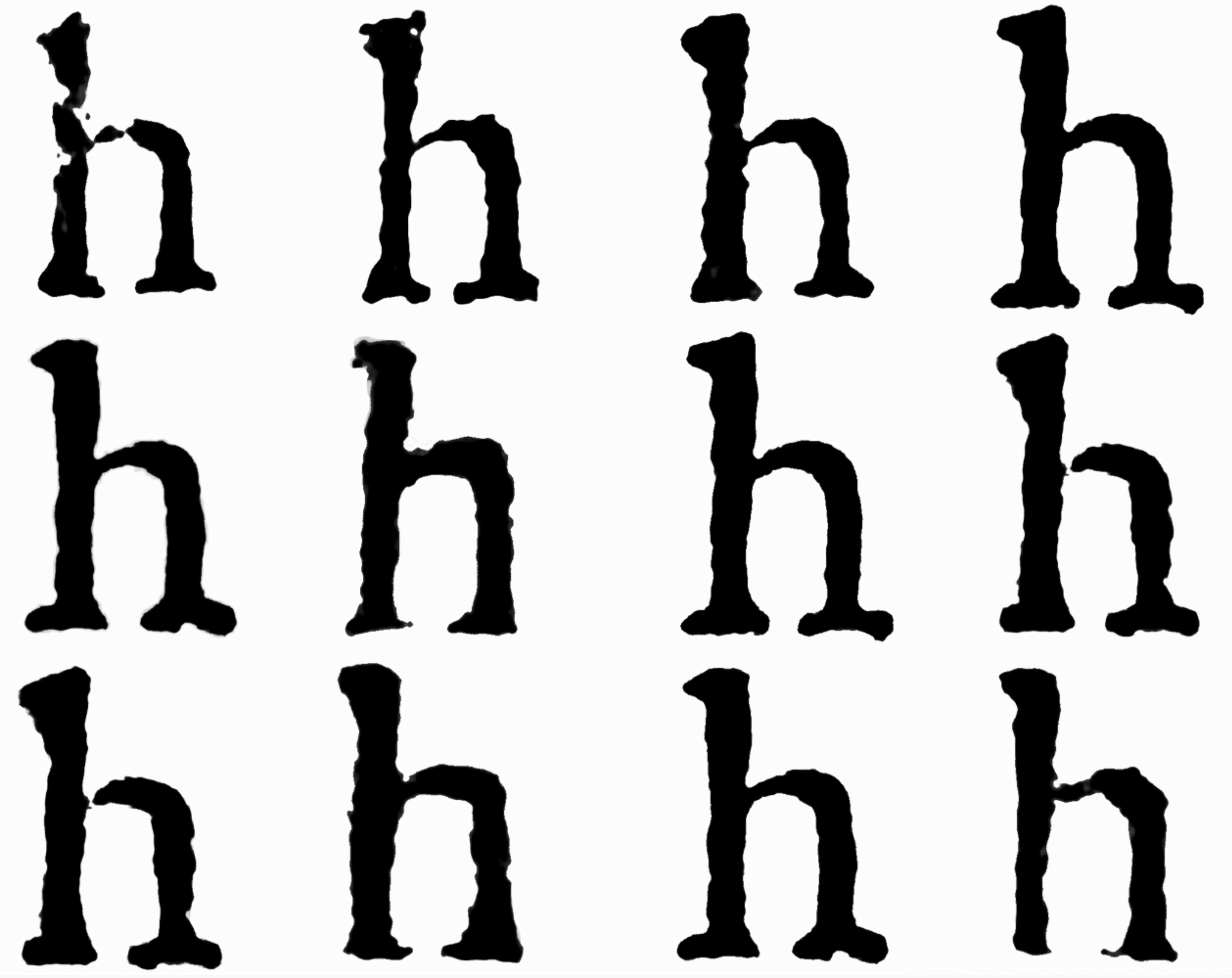

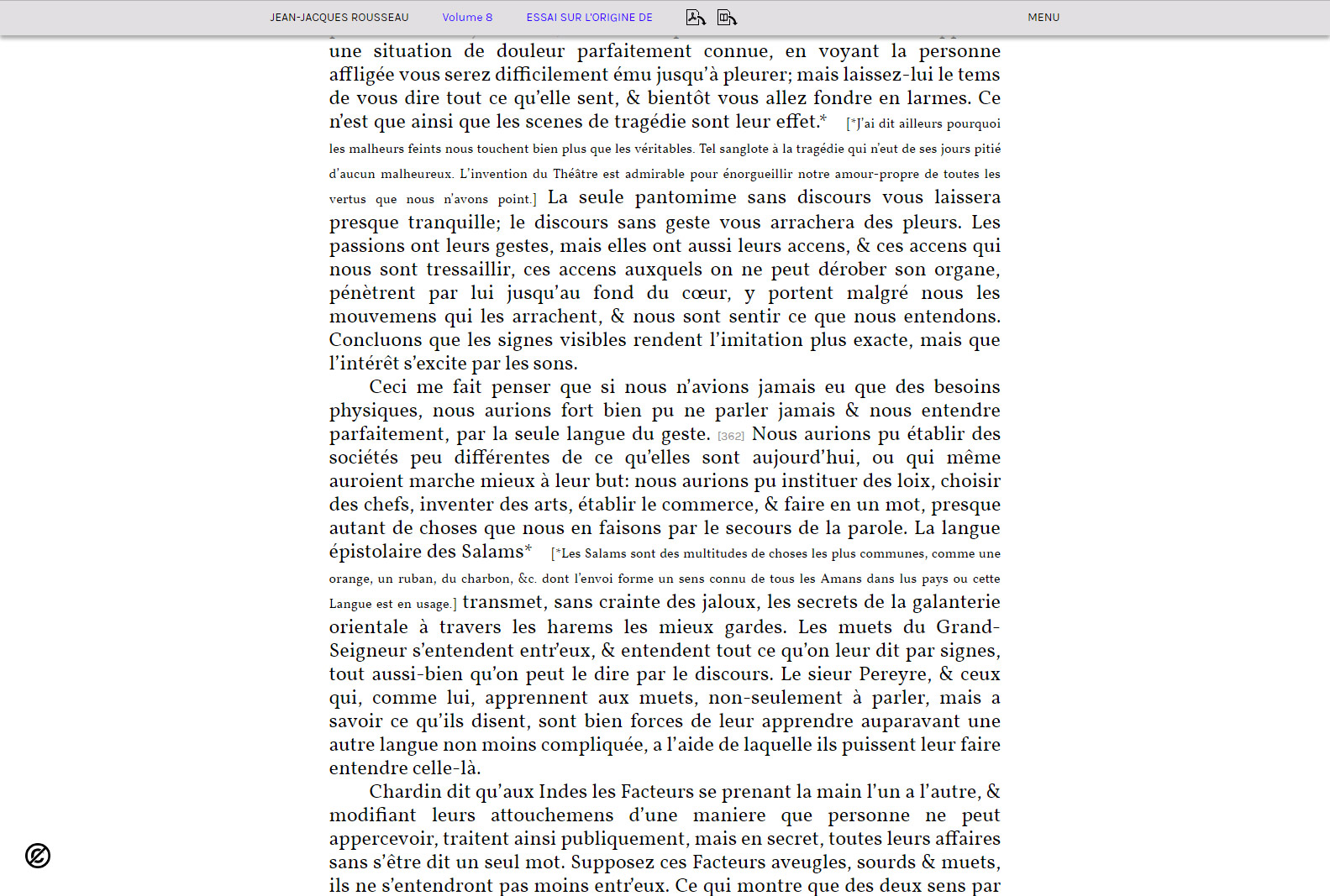
RousseauOnline.ch, an online archive of J.-J. Rouseau
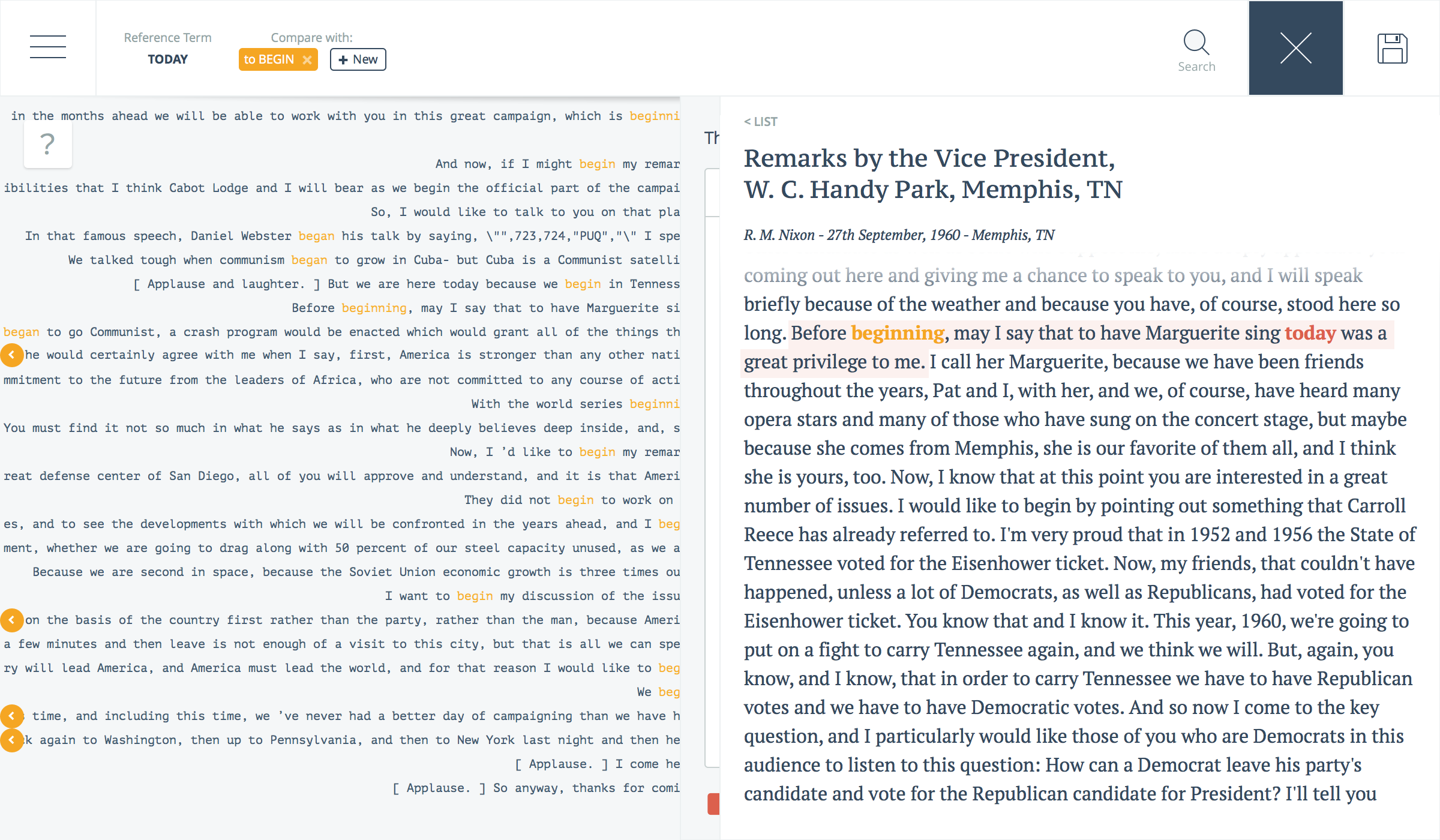
Concordances, Density Design Lab
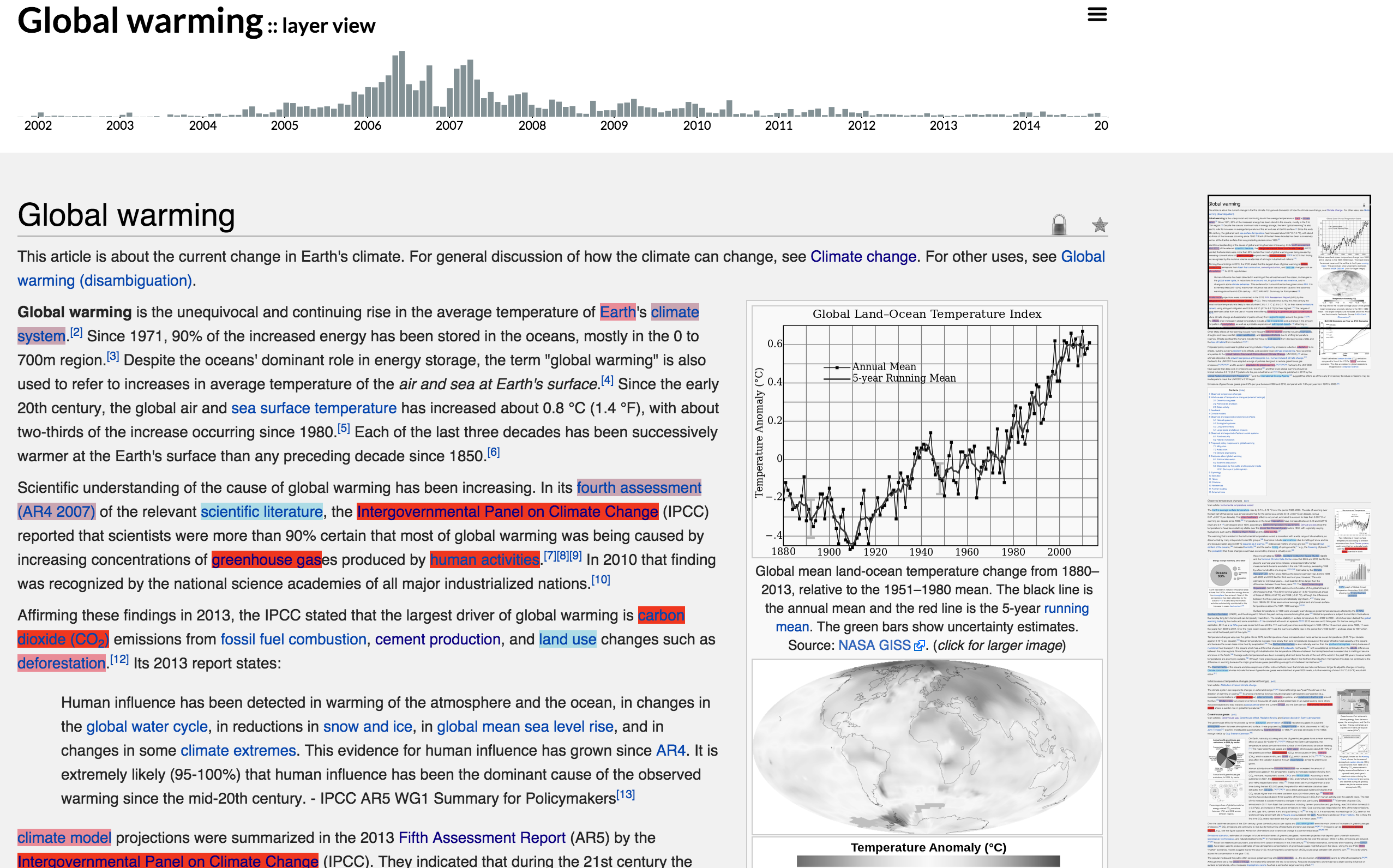
Contropedia.net, Density Design Lab
New playfields for Type Design & Digital Humanities?
- Interactive graphs and timelines
- Dynamic translation
- Versioning layout
- Historical layers
- Source code and Graphical user interfaces relationships …
Nothing at all. No figures. Only a blank.
– “What’s it mean?” Reinhart muttered, dazed. […]
– The machines aren’t able to handle the item. No reading can come. It’s data they can’t integrate.” […]
– “Why?”
– “It’s—it’s a variable.”
Kaplan was shaking, white-lipped and pale.
– “Something from which no inference can be made. […] The machines can’t deal with him. The variable man!”
— Philip K. Dick, “The Variable Man”, 1953
